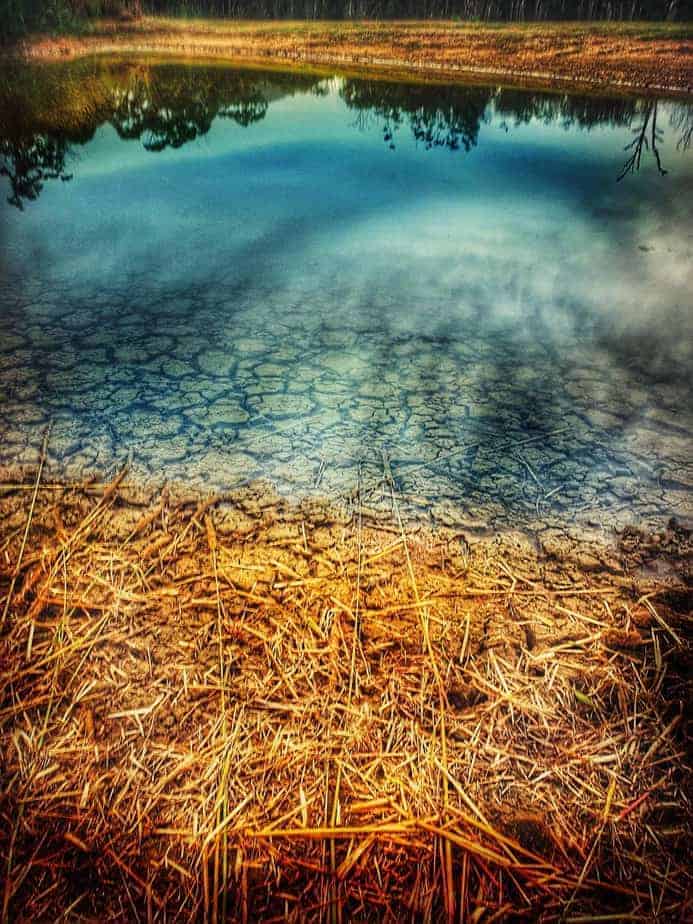Biomimetics, also known as biomimicry, is a discipline of science and a design methodology that observes the mechanics of natural systems and how they can be translated to problem-solve issues found in modern society. Biomimicry for dams plays a crucial role both on the stage of their constructions as well as further functioning.
The history of Biomimetics has evolved alongside humankind as we have emulated designs found in nature for making our prehistoric knives, modeled off now-extinct animals teeth or claws, to modern wind power being designed off the tubercles of a humpback whale’s flippers.
Biomimicry is widely being used in the engineering and technology sectors for creating more efficient and sustainable solutions – for example a bullet train’s nose being modelled off a kingfishers beak for reduction of air pressure.

A part of the design process in Biomimetics is the use of the design spiraI, invented by Carl Hastrich.
One lap around the spiral involves:
- identifying the role you wish your design to perform
- translate that role into words used in the natural world
- research ways in which nature performs these functions
- transpose these functions back into terms relatable to your design
- create a solution by emulating your discoveries
- and evaluate your results
I have found this field interests me especially when it comes to biomimicry for dams because it reveals the inherent intelligence of 4.5 billion years’ worth of evolution and is hugely beneficial to society in the fact that nature already has in existence solutions to many of the problems our society is trying to solve.
A great example of Biomimetics in practice is a study where the flexible tail or caudal fin seen in fish was used to design a flexible stern for kayaks and canoes.
This study was undertaken to see if a flexible stern could abate the yawing effect (temporary sideways movement off course) caused by paddle strokes of modern canoes and kayaks and increase the efficiency of movement through water.
The authors found their models with flexible sterns produced less of a yawing effect than their stiff stern models.
The authors suggest further study of actual canoes/kayaks with flexible sterns compared to stiff sterns to further support their findings of flexible sterns providing more efficiency per paddle stroke.

Biomimicry for dams and other ecosystems
Whilst it is convenient that nature has these designs in place for us to observe and mimic, we must consider the ethics of the intended use of our findings. It is applicable not only for using biomimicry for dams but also for other ecosystems.
Dr. Dayna Baumeister, co-founder of “Biomimicry 3.8”, in an episode of the Guardian’s “Science Weekly” podcast, refers to the ethical implications around the intentions using a biomimetic design.
Asking whether the organism or natural system that is being observed would approve of the intended use the observers have in mind – for example, submersible nuclear warheads being designed through biomimetics, so they travel through the water more efficiently.
We can only assume that an organism would not approve of its designs being used to the detriment of the earth it lives on.
We are currently applying Biomimicry for dams concepts to the global problem of evaporation
